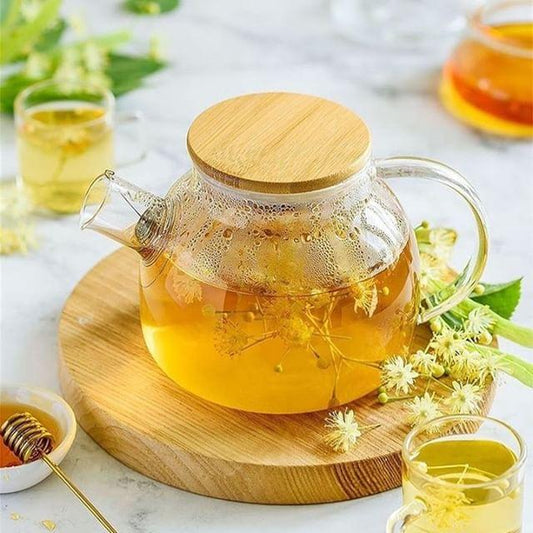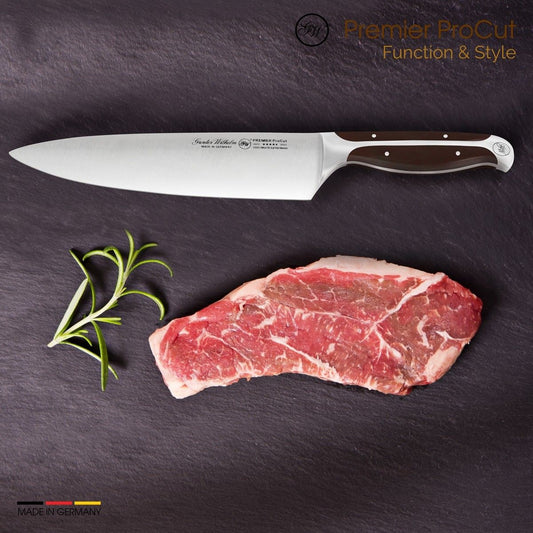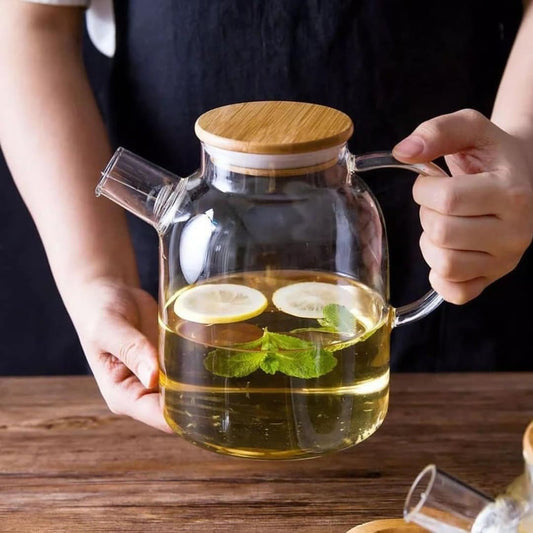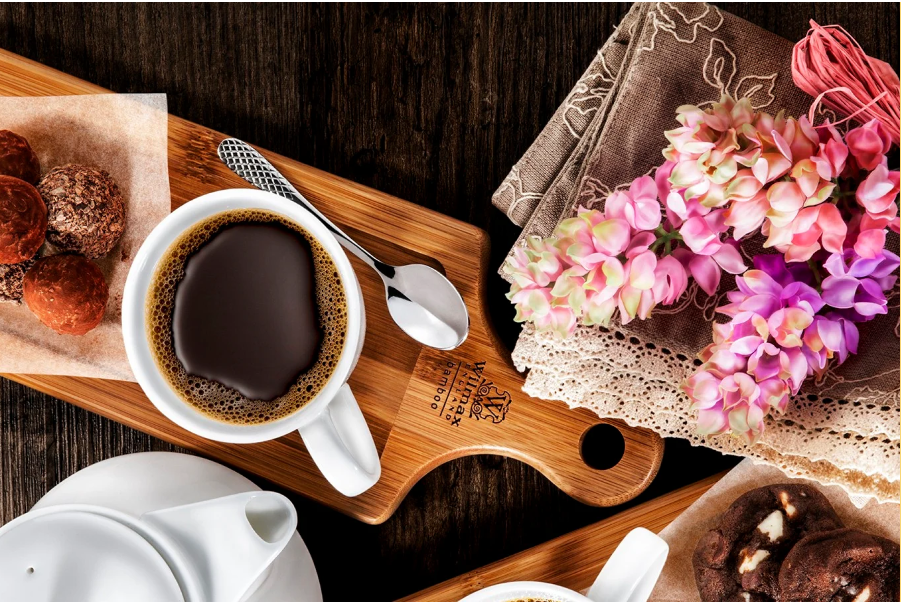Flavor Pairing by Chemistry: How Science Predicts Your Next Hit Dish 🧪🍴

In the world of culinary innovation, flavor pairing has long been guided by intuition, tradition, and trial-and-error. But over the past two decades, scientists and chefs have teamed up to turn pairing into a data-driven art—and in the process, discovered some truly surprising combinations. This article explores the chemical logic behind flavor pairing, introduces the tools researchers use, and offers practical tips so you can harness science to craft your own standout dishes.
1. The Science of Flavor Compounds 🔬
At the heart of scientific flavor pairing is the idea that ingredients sharing key aromatic molecules tend to harmonize on the palate. These volatile compounds—aldehydes, esters, ketones, terpenes, and sulfur-containing molecules—carry the scents and tastes we recognize. When two foods contain overlapping compounds, their flavors often complement or amplify each other.
-
Aldehydes: Found in citrus peels and green apple, these lend fresh, sharp notes.
-
Esters: Present in tropical fruits like banana and pineapple; they provide sweet, fruity aromas.
-
Terpenes: Common in herbs (e.g., rosemary’s cineole) and spices; they deliver piney or herbal nuances.
-
Sulfur compounds: Responsible for the pungency of garlic and onions; in small doses, they can add depth and complexity.
By mapping the compound profiles of foods, scientists can predict unexpected yet harmonious pairings—consider white chocolate with caviar (shared trimethylamine) or strawberry and basil (shared methyl cinnamate) as two examples that defy culinary convention yet delight the palate.
2. Flavor Databases & Computational Tools 💻
Several pioneering projects have sought to catalog the flavor chemistry of hundreds of ingredients:
-
The Volatile Compounds in Food (VCF) database: A comprehensive repository of thousands of volatile molecules identified in foods.
-
The Food Pairing® methodology: Developed by Wageningen University, this approach uses graph-theory algorithms to link ingredients via shared compounds, suggesting novel combinations.
-
AromaWeb®: An online resource listing flavor descriptors and chemical families for hundreds of ingredients.
Chefs and food technologists can plug ingredients into these tools and generate lists ranked by the number of shared compounds. While data alone can’t replace taste testing, it provides a powerful starting point for experimentation.
3. From Theory to Practice: Building Your Pairings 🥘
-
Start with a familiar base: Choose a primary ingredient—say, roasted beetroot—and look up its prominent compounds (e.g., geosmin, beta-ionone).
-
Identify potential partners: Using a flavor-pairing tool or table, find ingredients with overlapping compounds. Beets share geosmin with wines like Sauvignon Blanc, so a beetroot risotto could be paired with a wine-infused jug of that varietal—or you could incorporate a light Sauvignon Blanc reduction into the dish itself.
-
Balance textures and tastes: Chemistry doesn’t dictate mouthfeel or acidity. If two ingredients share aromatics but both are very sweet or heavy, add a contrasting element—acidic, bitter, or crunchy—for balance.
-
Experiment in small batches: Combine measured amounts of each ingredient, taste, and tweak. Keep notes on ratios, preparation methods, and final impressions.
4. Surprising Pairing Examples 🌟
| Ingredient A | Ingredient B | Shared Compound(s) | Result |
|---|---|---|---|
| Dark chocolate | Blue cheese | Methional, 2-methoxyphenol | Rich, savory-sweet dessert bites |
| Tomato | Watermelon | (E)-2-hexenal, hexanal | Refreshing salad with nuanced depth |
| Strawberry | Black pepper | Linalool, limonene | Fruity pepper jam or compote |
| Coffee | Bacon | Guaiacol, phenol | Bacon-infused espresso dessert sauce |
These pairings work because shared molecules create coherence, while contrasting textures or flavor dimensions keep each bite interesting.
5. Tips for Home Cooks and Chefs 👩🍳🔧
-
Build a mini flavor library: Note the key aromatics and descriptors of your favorite ingredients. Over time, you’ll develop an intuitive sense for likely matches.
-
Use complementary techniques: Sear, smoke, or ferment to accentuate specific compounds before pairing. For example, smoking mushrooms brings out phenolic notes that match well with smoked paprika or lapsang souchong tea.
-
Don’t overlook aroma intensity: Some compounds are more potent than others. A trace shared molecule might not be enough—look for significant overlaps.
-
Trust your palate: Data guides you to possibilities; your taste buds decide what truly works.
Conclusion ✨
Flavor pairing by chemistry transforms culinary creativity into a more predictable,—and endlessly intriguing—pursuit. By understanding the aroma compounds that link ingredients and leveraging modern databases, you can design dishes that both surprise and satisfy. So fire up your notebook, dive into the world of volatile molecules, and let science inspire your next hit creation—your diners will taste the difference.
Share:





